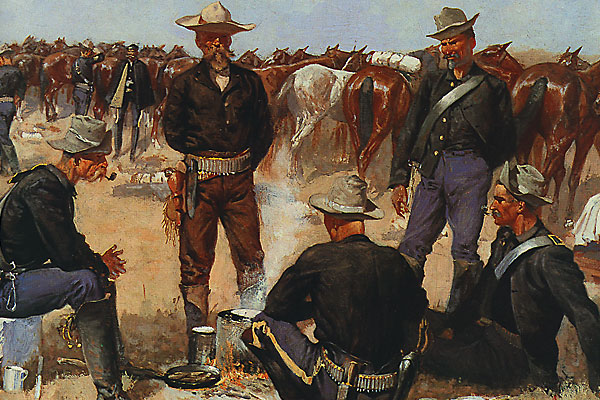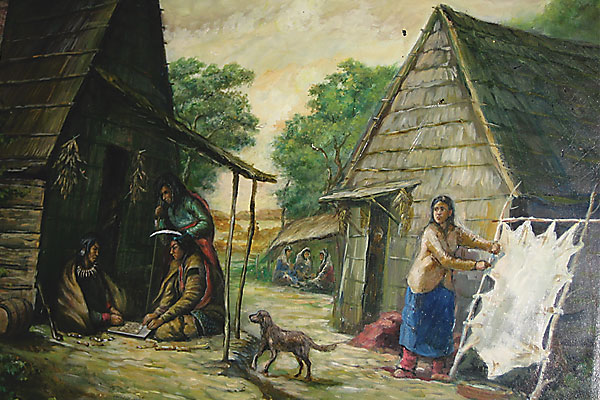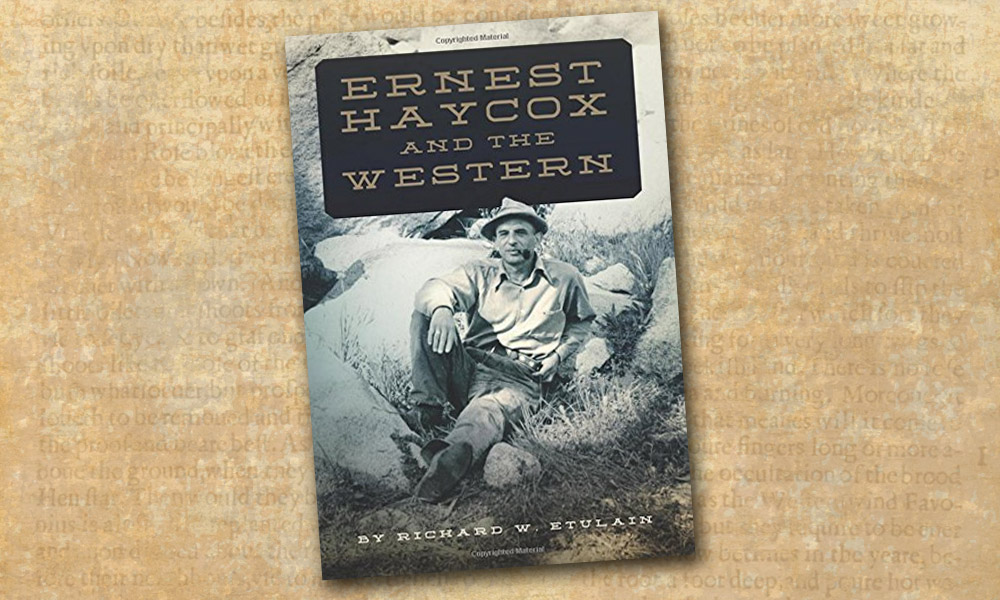
“Before the railroad, in the days of stage-coaching, the Western traveler subsisted principally on fried bacon and canned tomatoes,” wrote Lt. John Bigelow, Jr. in his book, On the Bloody Trail of Geronimo.
“To my mind, this diet is not inferior, either in point of tastefulness or of hygiene, to beef and potatoes. It is a common belief that salt meat produces scurvy, and fresh meat guards against it; whereas in fact the one produces it as surely, if not as soon, as the other. Scurvy is more the effect of sameness than of saltness of diet. It is quite common among cow-boys, whose diet is almost exclusively fresh beef; and troops coming upon a cattle camp have no difficulty, as a rule, in exchanging all the bacon they wish for an equal quantity of fresh meat.”
After reading Lt. Bigelow’s entry, a True West reader wrote in to me inquiring what is scurvy and if the author was correct that “sameness of diet” causes it.
Scurvy is a disease caused by a lack of Vitamin C (ascorbic acid) in the diet. Vitamin C is a necessary nutrient in the formation of connective tissue. Without it, a person can develop bleeding and swelling of gums, loss of teeth, skin lesions and, eventually, death.
The production of scurvy has nothing to do with the “sameness” or the “saltness” of a diet, unless that diet lacks adequate amounts of Vitamin C. Writing in the 1880s, Lt. Bigelow knew nothing about Vitamin C; but he was on the right track (sort of) in his assessment. His forgivable error was simply that of comparing two variables (“sameness” and “saltness”), neither of which are related to the actual cause of the problem.
Although Vitamin C was not discovered until about 1930, in the 18th century, the British navy realized, empirically, that it needed to supply its sailors, who were often at sea for months, with citrus fruits (rich in Vitamin C). One favorite was lime which was readily available in southern Europe, the South Sea Islands of the Pacific and the Caribbean. British sailors, and “Brits” in general, were and still are called “Limeys.”
Bigelow correctly proposed that the “sameness” of some frontier diets could cause scurvy. The monotonous consumption of certain types of “fresh” meat or bacon and little to no fruits or vegetables is a set-up for the production of scurvy, if the meat is low in Vitamin C. Cured bacon and the average beef sirloin roast contain no Vitamin C.
Interestingly, commonly available meats on the frontier, like antelope, bear, bison, deer, elk, opossum, rabbit, raccoon and squirrel, also contain no Vitamin C, whether eaten raw (yuk!) or cooked. Others, however, like beaver, moose, horse and muskrat, contain Vitamin C. The richest, cooked muskrat, actually contains about 38 percent of the Vitamin C found in cooked, stewed tomatoes (on a per weight basis).
The United States Department of Agriculture’s Nutrient Data Laboratory Database reveals that cooked meats contain more Vitamin C, on a per weight basis, than raw ones. This appears to be a strange finding, since Vitamin C is destroyed by relatively high heat. I think that the USDA data can be explained by the fact that cooked meat loses moisture, and the Vitamin C that is not destroyed by cooking is concentrated.
If the lucky cowboy had access to fresh milk (a fairly good source of Vitamin C), he had a much greater chance of avoiding scurvy. Interestingly, when pasteurization (heating milk) became commonplace in the late 19th and early 20th century, there were outbreaks of scurvy in infants who were fed nothing but pasteurized cow’s milk.
As Lt. Bigelow referenced, those on the frontier who were lucky or wealthy enough to have access to canned tomatoes had little to worry about. Even though the tomatoes were heated during the canning process, they retained a relatively high Vitamin C content that was maintained over the shelf life of the product.
Finally, Lt. Bigelow was correct in his rejection of the “saltness” of the food as an important cause of scurvy. The conventional wisdom of the day was that overconsumption of foods high in salt increased the risks of scurvy. Only the overconsumption of those foods low in Vitamin C, whether salty or not, increased the risks of disease.
Overall, to combat scurvy, the cowboy was better off eating his muskrat “boiled or roasted,” rather than “bloody.” This way, he also avoided bacterial infection and intestinal or tissue parasites , the disgusting subject to which I will treat you in a future column.
Dr. Jim Kornberg holds an MD and an ScD. He is an environmental medicine physician and an engineer. He lives with his wife Sally on a ranch in the mountains of southwestern Colorado.






